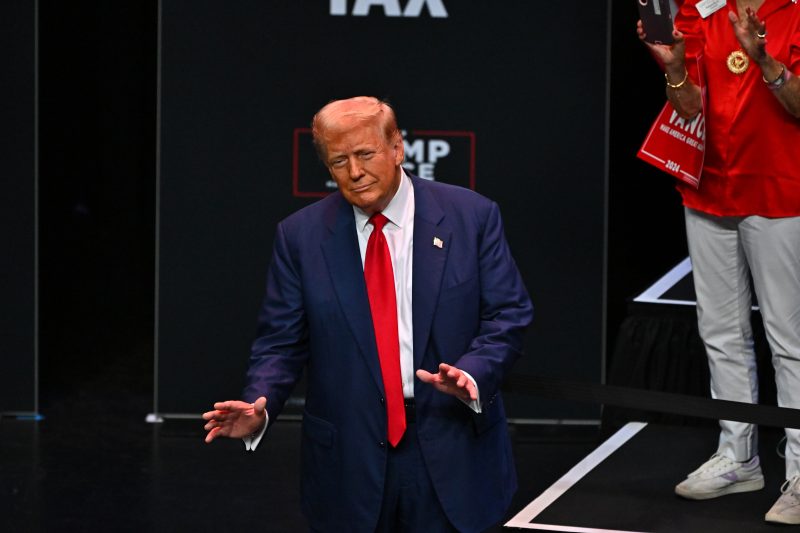Section 1: Breaking Down the Approach
Discussions around income tax reform tend to swing into focus when advanced by President Trump, whose out-of-the-box policies have often attracted a substantial amount of attention. Trump’s methodology towards tackling income tax reform was, according to critics, a scattergun approach that has been received with mixed opinions. Notably, his tax policies stood out due to their experimental nature, frequently featuring methodologies that challenge traditional fiscal norms while seeking economic advancement.
Section 2: An Analysis of the Reform
Trump’s income tax reform, the Tax Cuts and Jobs Act, was introduced with a promise, calling for the biggest tax cut in American history. However, critics argue about its effectiveness and impact on the economy. This act led to a visible decrease in corporate tax rates, reducing it from a lofty 35% to a more manageable 21%, aimed at stimulating corporate growth and prosperity. The reform process also impacted individual tax brackets by bringing about changes in the limits. Although it improved certain aspects, it failed to resonate with some sections due to the temporary nature of the benefits.
Section 3: Disparity in Effects
The nature of the tax reform has elicited both criticism and support due to the disparity in its effects. Advocates praised the tax cut as a booster of economic development, claiming it supported the generation of newer jobs and enhanced wages. Critics, on the other hand, highlighted how the benefits were biased towards corporations and high-income individuals, leaving the working-class community largely untouched, raising questions about the equitable distribution of the tax benefits.
Section 4: The Deficit Question
While the income tax reform represented a major financial move, it also gave rise to a consequential issue: the swelling budget deficit. Critics have drawn attention to this issue by stating that the benefits derived from the tax cuts are shadowed by the reality of the enlarging budget deficit. The tax cuts have contributed significantly to an increase in deficit, undermining the potential benefits of stimulating the economy through higher spending or investment.
Section 5: The Long-term Impact
Evaluating the long-term impact of President Trump’s income tax reform is complicated. While one cannot deny the immediate positive effects like economic stimulus and reduction in corporate tax rates, the concern regarding the inflated deficit and the relative neglect of the lower-income bracket is noteworthy. Moreover, the temporary provisions of the Tax Cuts and Jobs Act have led to uncertainties about the potential consequences in the long run.
Therefore, President Trump’s income tax reform was a multifaceted move marked by expectations and uncertainties. Its impact witnessed a spectrum of opinions ranging from outright support to unwavering criticism, setting the stage for a complex discourse on income tax reform in America. While it made significant alterations to the existing framework, its impact continues to be a subject of intense debate, largely due to the discrepancies in benefits received by different socio-economic groups and its implications on the budget deficit.
